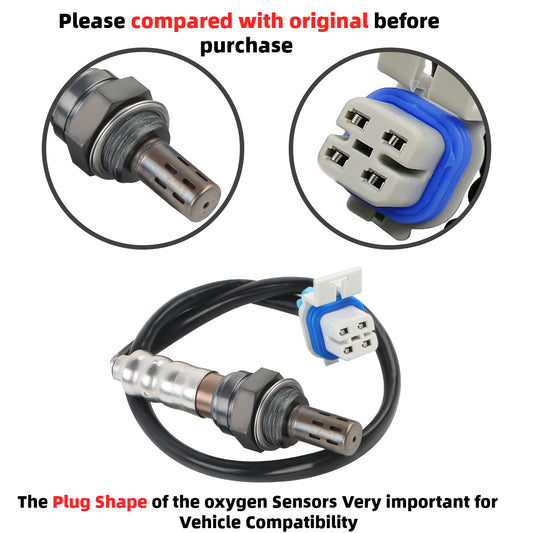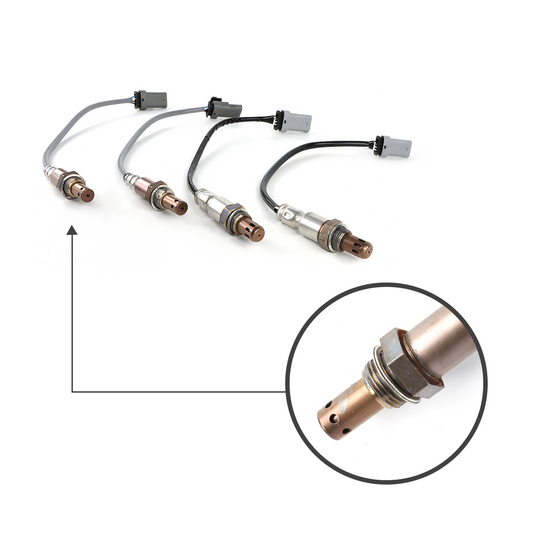How much is a power steering pump replacement?
A power steering pump is an integral piece of car’s steering and suspension system. It sends fluid to your car’s steering components to help you quickly and easily steer. The power steering pump is typically driven by the engine through a belt and is responsible for generating hydraulic pressure that helps in the operation of the power steering system.
The power steering pump draws power steering fluid from the reservoir and pressurizes it. This pressurized fluid is then sent to the power steering gear or rack, where it assists in the movement of the wheels as the driver turns the steering wheel. The pump continuously circulates the fluid which ensures a steady supply of hydraulic assistance for smooth and responsive steering.
Symptoms of a failing power steering pump
When a power steering pump needs replacement, you may notice changes in the driving experience that affect the steering of your vehicle. These changes can manifest in various ways, and while not all vehicles will exhibit the same signs, some common issues you might observe include:

- Difficulty turning the wheel: If you experience increased resistance or stiffness when turning the steering wheel, it could be due to a failing power steering pump. The pump may not be providing sufficient hydraulic pressure to assist with steering.
- Fluid leaks: Power steering fluid leaks are a clear indication of a problem. Check under your vehicle for any signs of fluid dripping or pooling. Leaks can occur from the pump itself or the hoses and connections associated with the power steering system.
- Foaming or aerated power steering fluid: When air enters the power steering system, it can cause the fluid to foam or become aerated. If you notice bubbles or froth in the power steering fluid reservoir, it suggests a potential issue with the pump.
- Erratic or jerky steering response: A failing power steering pump can cause erratic or jerky steering behavior. You may experience sudden changes in steering effort or an inconsistent response when turning the wheel.
- Increased steering effort: If you find it more difficult to steer your vehicle, especially at low speeds or during parking maneuvers, it could be due to a failing power steering pump. The pump may struggle to provide adequate assistance.
If you have one or more of these symptoms and you can confirm the power steering pump is bad or weak, it’s time to grab a new pump at Daysyore and get to work changing it.

How Much Does It Cost To Replace A Power Steering Pump?
The exact cost of replacement varies by make and model. Labor costs also vary from one auto shop to another. With that in mind, a budget between $300 and $800 is enough for the pump replacement, allocating $100 to $500 for parts and $ 300 for labor. On average, the cost of a power steering pump replacement ranges from $300 to $800.
The price typically includes the cost of the new power steering pump, which can range from $100 to $500 or more, depending on whether you choose an OEM or aftermarket part. Labor costs for the replacement can vary between $200 and $400, depending on the complexity of the job and the hourly labor rates of the repair shop.
Additional costs may include power steering fluid, which is necessary for refilling the system after the replacement, as well as any other associated parts or components that need to be replaced during the process, such as belts, hoses, or pulleys.
If you're an avid car tinkerer, you can save money by doing the replacement yourself. However, remember that these repairs require a more advanced skill set and specific tools. Hence, having a qualified mechanic undertake the job is a good idea if you’re not confident in your abilities.
Tools you may need:
- Wrench set: A set of wrenches in various sizes will be necessary to loosen and tighten bolts and fittings.
- Socket set: A socket set with different socket sizes will be needed for removing and installing bolts.
- Power steering pulley puller tool: This specialized tool is required to remove the power steering pulley from the old pump and transfer it to the new pump.
- Screwdrivers: Both flathead and Phillips screwdrivers may be needed for removing screws or clips securing components.
- Pliers: A pair of pliers can be useful for gripping and manipulating hoses or clamps during the replacement process.
- Drain pan: A drain pan is necessary to catch and contain any power steering fluid that may spill during the removal of hoses or the old pump.
- Safety gloves: It's important to wear safety gloves to protect your hands from dirt, fluids, and potential injuries while working on the power steering system.
How to replace a power steering pump?
- Drain the system. Before you can work on the power steering pump, you need to drain the power steering fluid that the hydraulic system uses to work. Do this by removing the power steering cooler line and allowing the liquid to drop into the drain pan until the flow stops.
- Remove the old pump. This is more complicated than it might sound. To remove the old pump, you'll need to take off the power steering belt, remove the bolts that hold the pump in, and then disconnect the power steering hoses that run to it. If you're reusing the power steering pump pulley, remove that from the old pump and attach it to the new one using a power steering pulley remover kit.
- Install the new pump. Attach the hoses, then bolt the pump into place. Next, reattach the power steering belt.
- Refill the power steering fluid. Add power steering fluid to the reservoir. Turn the steering wheel left and right to get air out of the lines and ensure the power steering fluid is evenly distributed throughout the system.
- Take a test drive. Once your steering wheel movement feels smooth and even, take the car on a test drive to make sure the power steering pump is operating well. When you return, look for any puddles under the car that might indicate your power steering fluid is leaking.
Tips for Replacement
Take safety precautions: Always prioritize safety when working on your vehicle. Wear safety gloves to protect your hands from dirt, fluids, and potential injuries. Use jack stands or wheel chocks to secure the vehicle and prevent it from rolling while you work.
Tighten connections properly: Ensure that all connections, including hoses and fittings, are tightened securely but not over-tightened. Over-tightening can cause damage or leaks, while loose connections can lead to fluid loss or system malfunction.

















